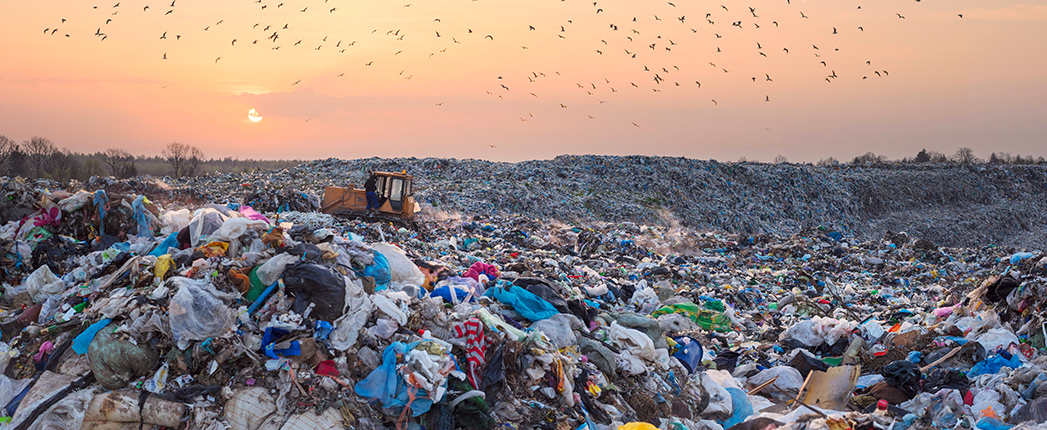
Carbon capture and storage technology installed at the Fortum Oslo Varme waste-to-energy plant could play a key role in the Norwegian capital’s emissions reduction goal. Shell Catalysts & Technologies and Technip Energies, the developers of the technology called Cansolv, are currently conducting a second three-month improvement testing program. The aim is to make efficiency and cost gains for future application elsewhere.
The global population produces about 2.1 billion metric tons per year of municipal solid waste, of which 100 million tons is landfilled in the European Union region alone. The World Bank predicts that this amount will increase by 70% over the next three decades. This waste also accounts for 5% of global greenhouse gas emissions, which include carbon dioxide.
Fortum Oslo Varme incinerates domestic and imported waste that either cannot or should not be recycled, such as medical and plastics, the operating company says. The generated heat is used to produce enough electricity to meet 20% of Oslo’s power demand, which is enough to power 160,000 housing units.
Incinerating waste produces a range of flue gases, one of which is carbon dioxide, the main greenhouse gas. The plant has capacity to capture 400,000 t/y of CO2, equivalent to emissions from around 200,000 cars. This will reduce Oslo’s emissions by 14%, as significant contribution to the city’s goal of 95% by 2050 from 2009 levels.
According to DNV GL, the plant’s verification company, the captured CO2 from the plant will be injected into geological formations in west Norway.
Incinerating waste rather than leaving it to decompose in a landfill can reduce greenhouse gas emissions by 75%. Fortum says that carbon capture and storage can also remove the remaining 25%, too. If the rest of Europe treated its waste in the same way, CO2 emissions could be reduced by 90 million t/y, it says.

Sorry, a technical error occurred and we were unable to log you into your account. We have emailed the problem to our team, and they are looking into the matter. You can reach us at cs@lubesngreases.com.
Click here link to homepage
Comments are closed.